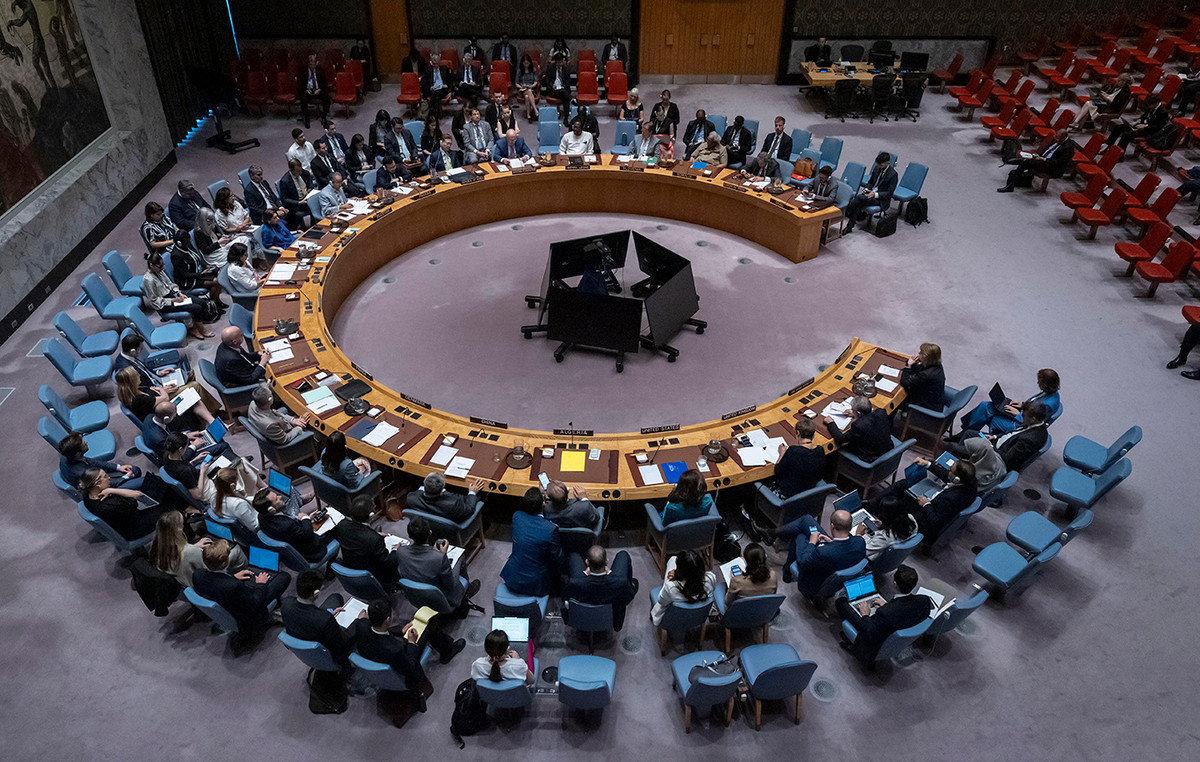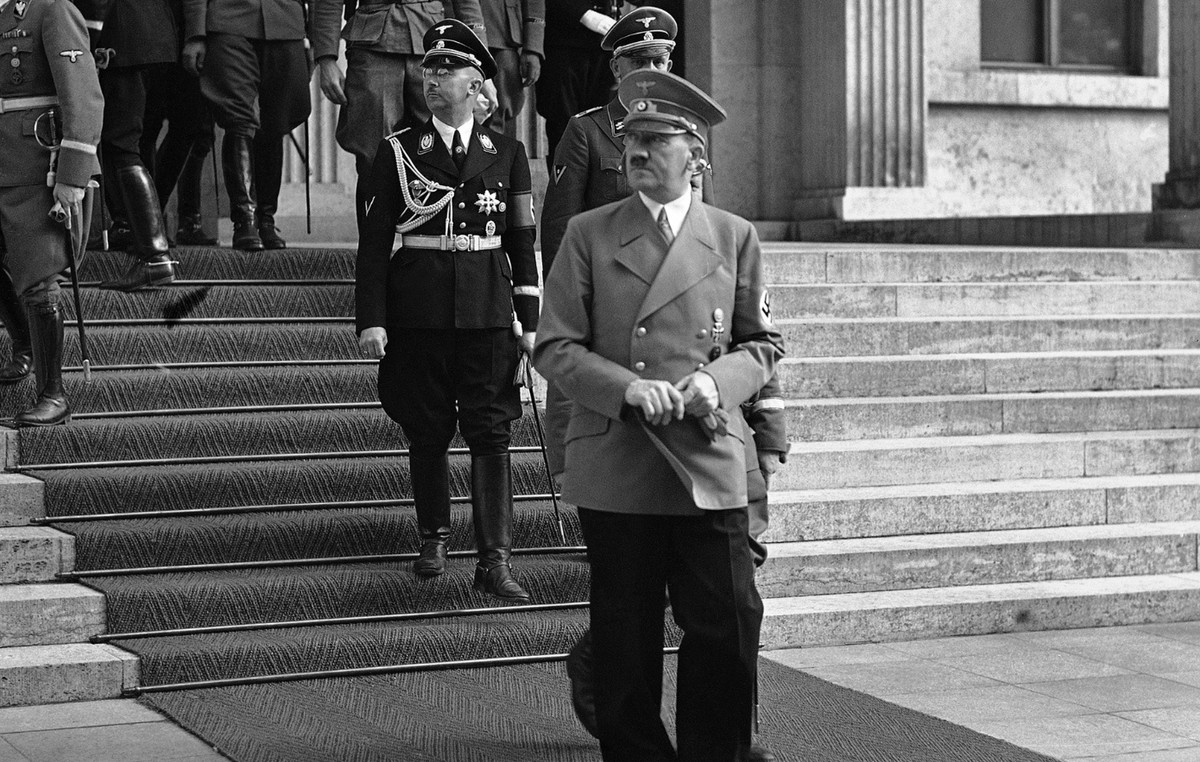Electricity consumption in Brazil in the first half of June this year was 1.3% higher than in the same period last year. The total amount consumed in the National Interconnected System (SIN) was 63,210 average megawatts. Of this total, around 35% of the demand was destined for large companies through commercialization in the free market. The data were released this Monday (27) by the Electric Energy Commercialization Chamber (CCEE).
“Growth was once again driven by the free market, in which large companies, such as industry, shopping malls and retail chains contract electricity directly from a generator or trader. The segment used 35% of the country’s total demand and registered an increase of 3.9% in the annual comparison. The CCEE evaluates the result as a positive sign for some sectors influenced by the lesser control restrictions against the COVID-19 pandemic and the favorable scenario for exports”, pointed out the CCEE in the released bulletin.
Also according to the agency, in relation to consumption by branch of economic activity, the highlight was the wood, paper and cellulose branch, which had an 11% increase in consumption, followed by the service segments (7.5%) and of beverages (5.8%). In terms of regional consumption in the first half of June, Paraná had the highest growth (9%), followed by the states of Maranhão and Tocantins, both with a 6% increase. The states of Rio de Janeiro, Acre and Piauí had the biggest declines in consumption.
Another point addressed by the CCEE was the advance of energy supply by hydroelectric plants. In the first half of June, they were responsible for a supply 24.4% higher than in the same period last year, “a sign of the good recovery of the reservoirs”, highlighted the CCEE. While the thermal plants had a reduction of 47.5% of the energy supplied. The biggest increase, however, was on account of photovoltaic solar energy, which provided 44.6% more compared to the first half of June 2021.
forecasts
After retraction in the last bulletin of the Monthly Operation Program (PMO) of the National Electric System Operator (ONS), the load forecast for the week between June 25 and July 1 is an increase of 1.7% in relation to the same last year period. According to the ONS, the result occurs as a result of the higher level of utilization of the installed capacity of the industry, and the increase in the confidence of industry, commerce and services, pointed out by Fundação Getúlio Vargas (FGV).
The load forecast indicates the amount of energy demanded, that is, the estimate of energy consumption by industries and other consumers in the observed period. Load projection is critical so that energy providers can meet the balance of demand and supply – indispensable for the operational and managerial charging of a utility company.
The ONS also highlights that the positive forecast for the load on the National Interconnected System (SIN), “despite the growing inflationary pressures in the Brazilian industrial sector, resulting from the global shortage of raw materials and other factors such as COVID-19 lockdowns”, in China, the volatility of energy prices and the war in Ukraine”. In the last revision for the month of June, the projection was for a negative change of 1.6%.
Of the four subsystems, only the Northeast has a forecast of negative load (-1.2%). The North has a positive estimate of 4%, the Southeast/Midwest of 2.4% and the South of 1.2%.
In addition, the ONS projects that the level of three subsystems should be above 80%, despite pointing to a slight retraction in relation to the last bulletin. The estimate is that the reservoirs in the North subsystem will have average levels of 97.6%, those in the South with 89.9%, those in the Northeast with 82.2% and, finally, those in the Southeast/Center. -West with 63%.
Source: CNN Brasil







